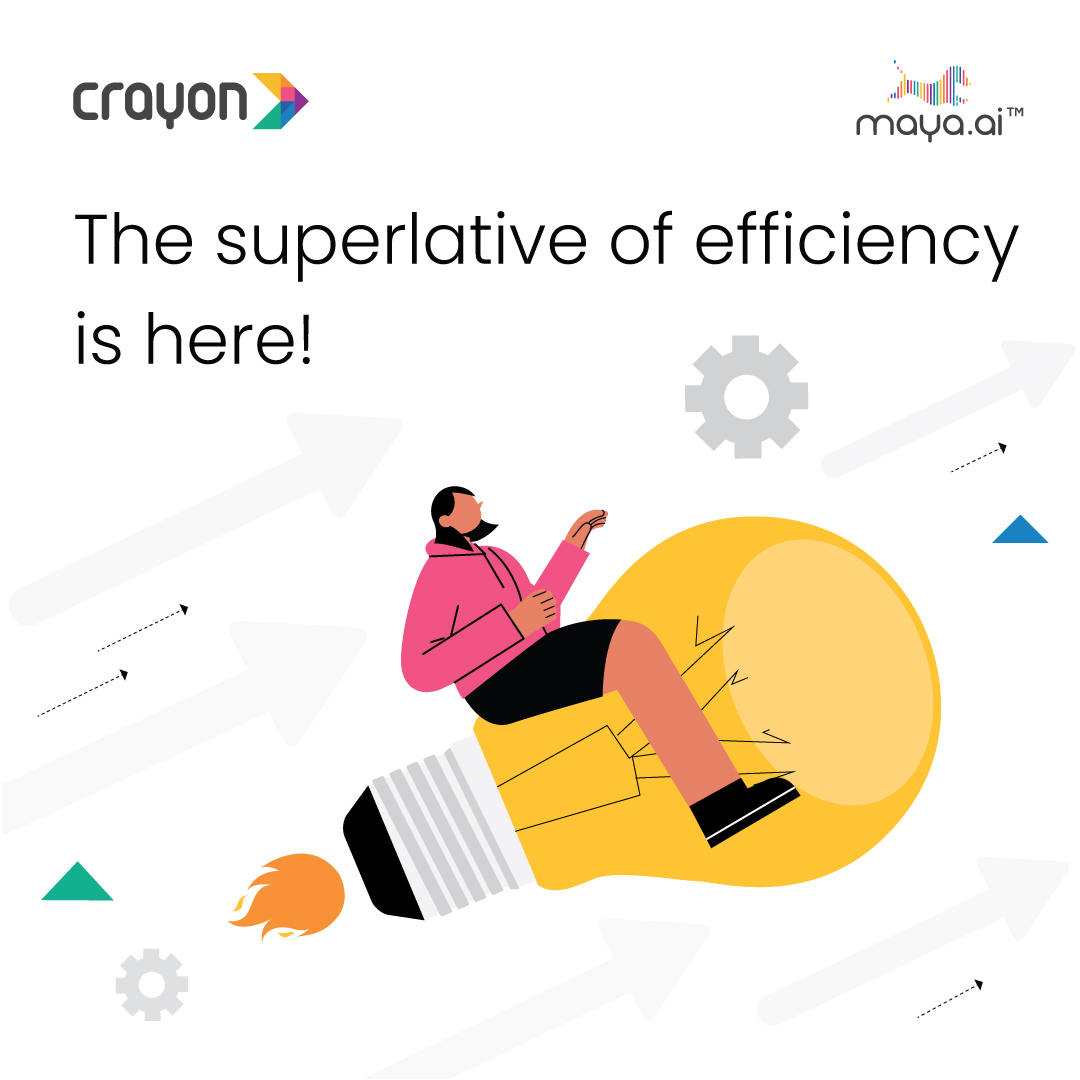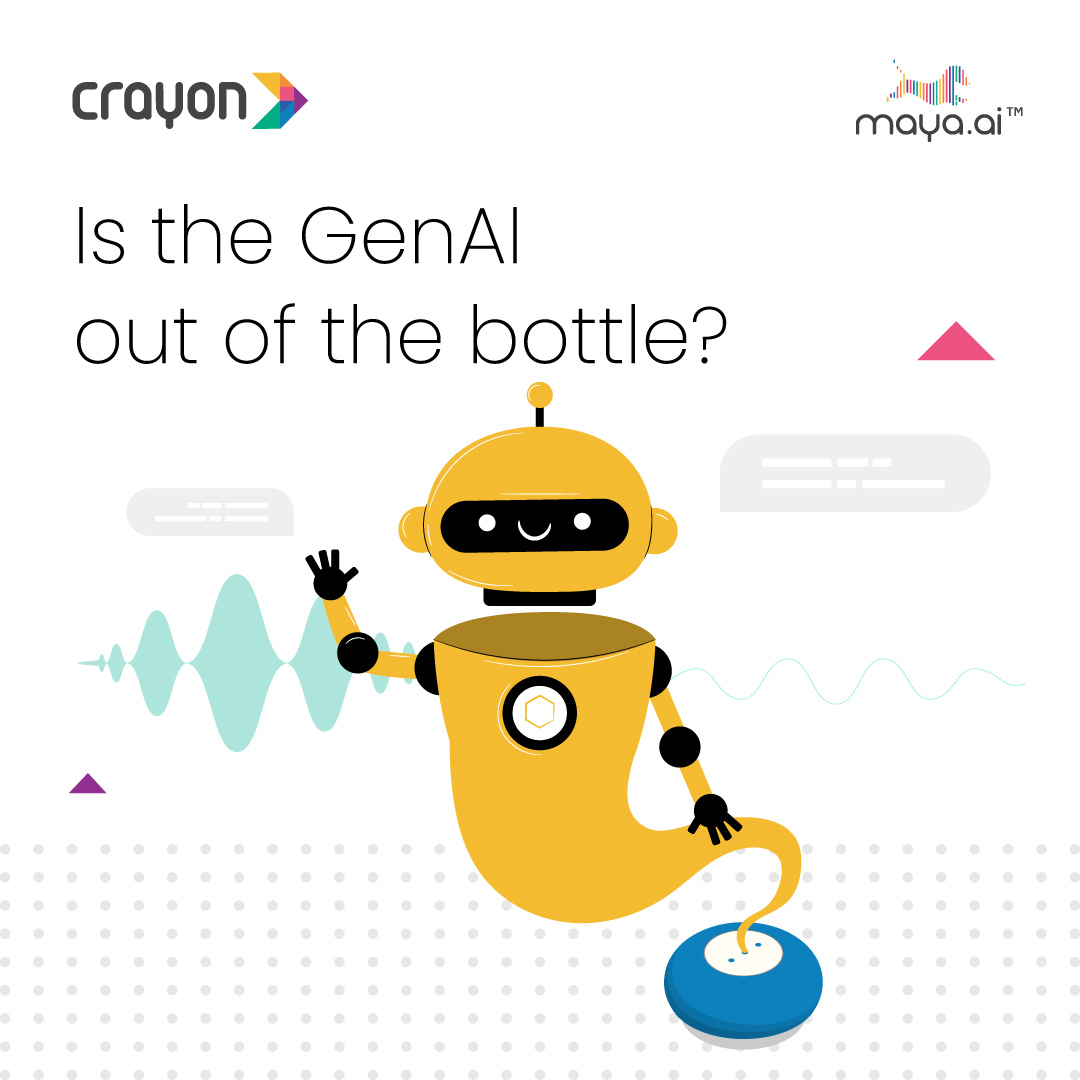For a quarter of a century, the relational database (RDBMS) has been the dominant model for database management. But, today, non-relational, “cloud,” or “NoSQL” databases are gaining mindshare as an alternative model for database management. In this article, we’ll look at the top five advantages and the top five challenges of NoSQL.
Advantages:
1. Elastic scaling
For years, database administrators have relied on scale up — buying bigger servers as database load increases — rather than scale out — distributing the database across multiple hosts as load increases. However, as transaction rates and availability requirements increase, and as databases move into the cloud or onto virtualized environments, the economic advantages of scaling out on commodity hardware become irresistible.
RDBMS might not scale out easily on commodity clusters, but the new breed of NoSQL databases are designed to expand transparently to take advantage of new nodes, and they’re usually designed with low-cost commodity hardware in mind.
2. Big data
Just as transaction rates have grown out of recognition over the last decade, the volumes of data that are being stored also have increased massively. O’Reilly has cleverly called this the “industrial revolution of data.” RDBMS capacity has been growing to match these increases, but as with transaction rates, the constraints of data volumes that can be practically managed by a single RDBMS are becoming intolerable for some enterprises. Today, the volumes of “big data” that can be handled by NoSQL systems, such as Hadoop, outstrip what can be handled by the biggest RDBMS.




